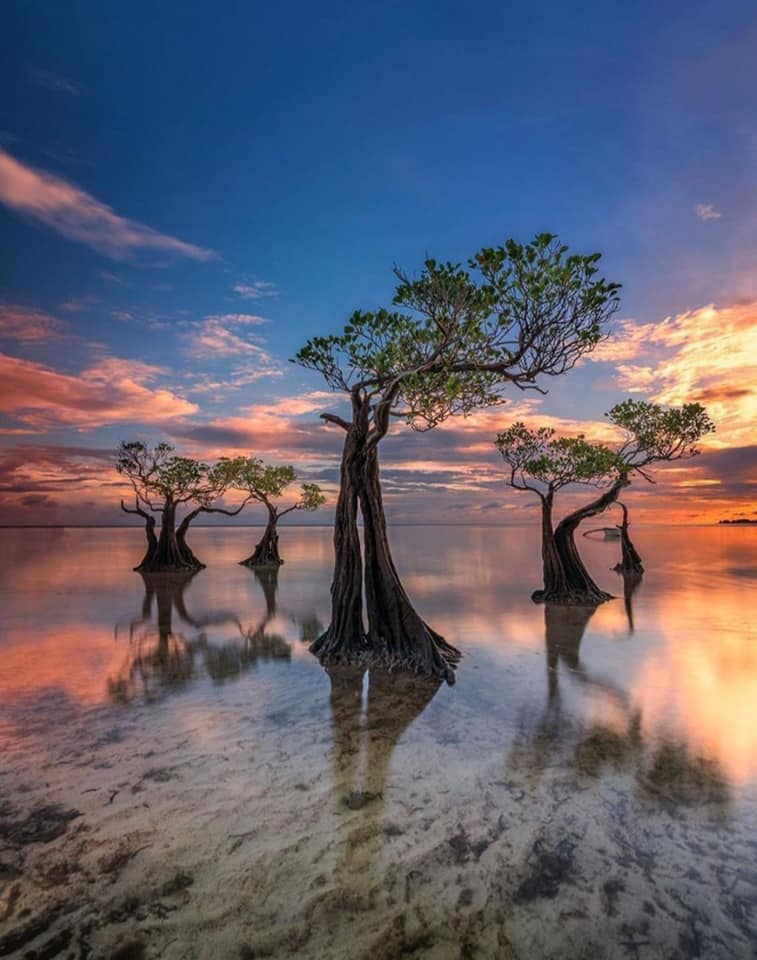
Indonesia’s Sumba Island is known for many things, but none quite as captivating as its unusual mangrove trees, which have become known as the “dancing trees” for their hypnotic swaying in the sunset. The Walakiri Beach is one of the island’s most popular tourist attractions, and visitors come from all over the world to marvel at the bizarre and beautiful mangroves that line the shore.

These unique dwarf mangrove trees are so strikingly shaped that they almost look like they are in a state of perpetual dance, frozen in time as the sun sets over the horizon. As the tide recedes every day at sunset, the roots of these mangroves are exposed, and this is when the magic happens.

Photographers both amateur and professional flock to Walakiri Beach to capture the perfect shot of these dancing trees. And looking at their work, it’s easy to see why. From just the right angle, with the sun setting in the background, the gentle curves of the mangroves create an almost human-like silhouette, swaying to their own unique rhythm.

The mangroves of Walakiri Beach are unlike any other trees, with their unusual shape creating a captivating spectacle that draws in visitors from all over the world. And it’s not just their beauty that makes them so special. Mangroves play a crucial role in protecting coastlines from erosion, filtering pollutants, and providing habitat for a diverse range of wildlife.

Unfortunately, mangrove forests around the world are under threat from a range of human activities, including deforestation, coastal development, and pollution. But on Sumba Island, the dancing trees are a reminder of the unique beauty and importance of these ecosystems.

In conclusion, the “dancing trees” of Sumba Island are a wonder of nature, a captivating spectacle that draws in visitors from all over the world. But beyond their beauty, these mangroves play a crucial role in protecting coastlines and supporting a diverse range of wildlife. As we continue to explore and enjoy the natural world, it’s important to remember the value of these ecosystems and the need to protect them for future generations.







Leave a Reply